Chinese immigrants made significant contributions to the building of the Transcontinental Railroad. Completed in 1869, their work went largely unrecognized at the time.
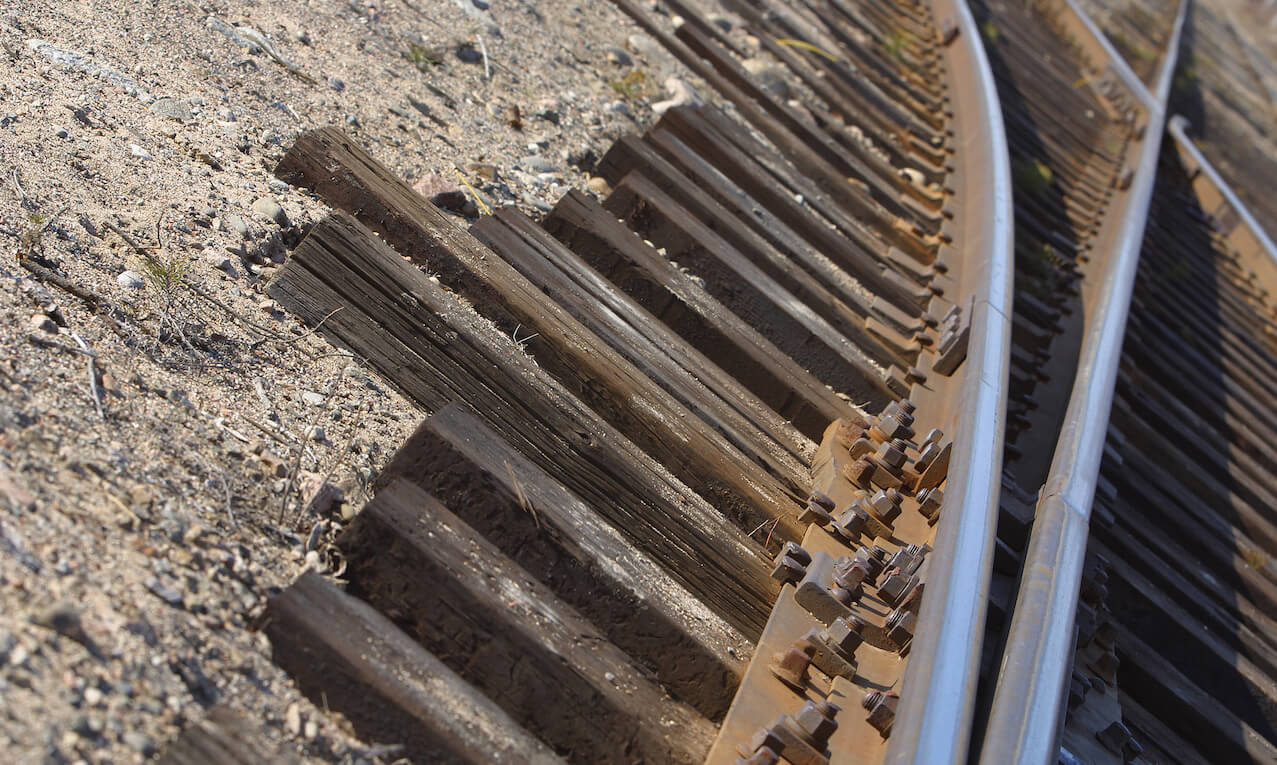

Chinese immigrants made significant contributions to the building of the Transcontinental Railroad. Completed in 1869, their work went largely unrecognized at the time.
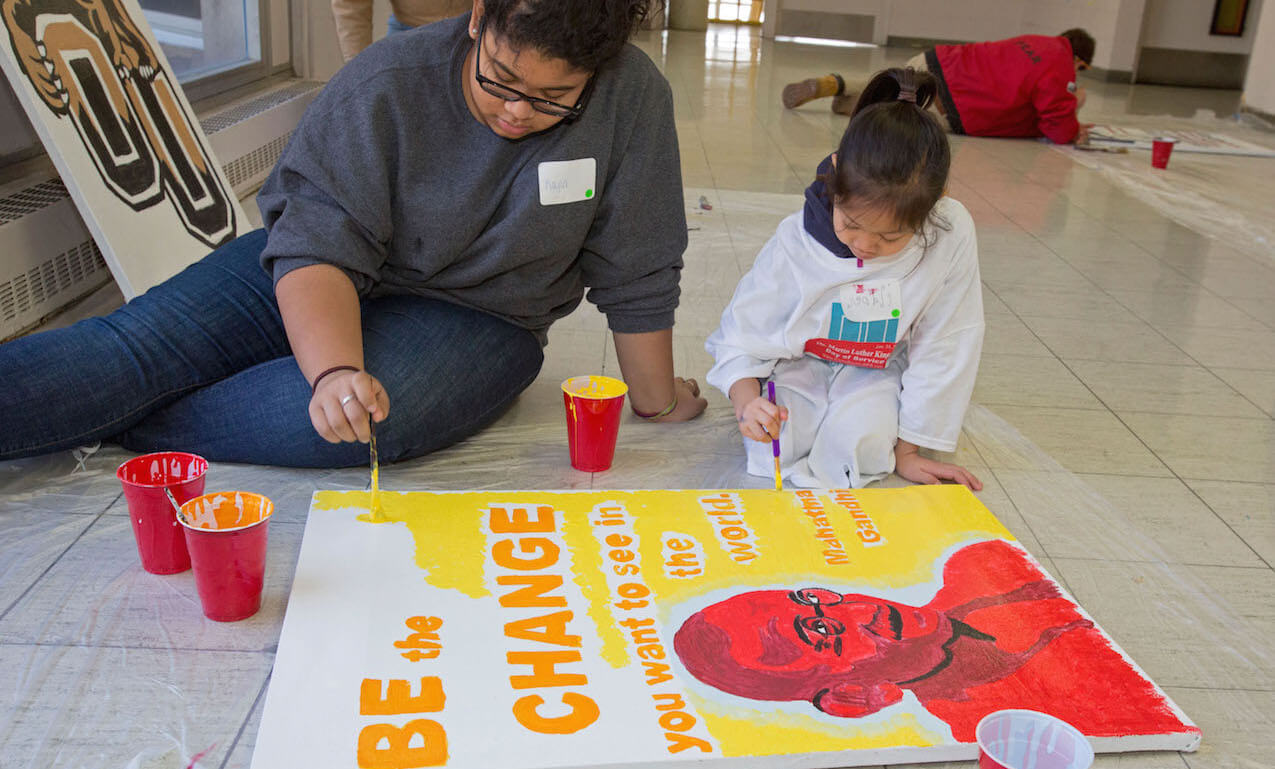
Read this article and watch the video to learn about the life of Mohandas Gandhi, whose method of peaceful resistance continues to inspire activists today.

In the early 1800s, astronomy was seen as a feminine hobby. As it became professionalized, women started to become sidlined. Scientists like Maria Mitchell fought for women’s place in the field.
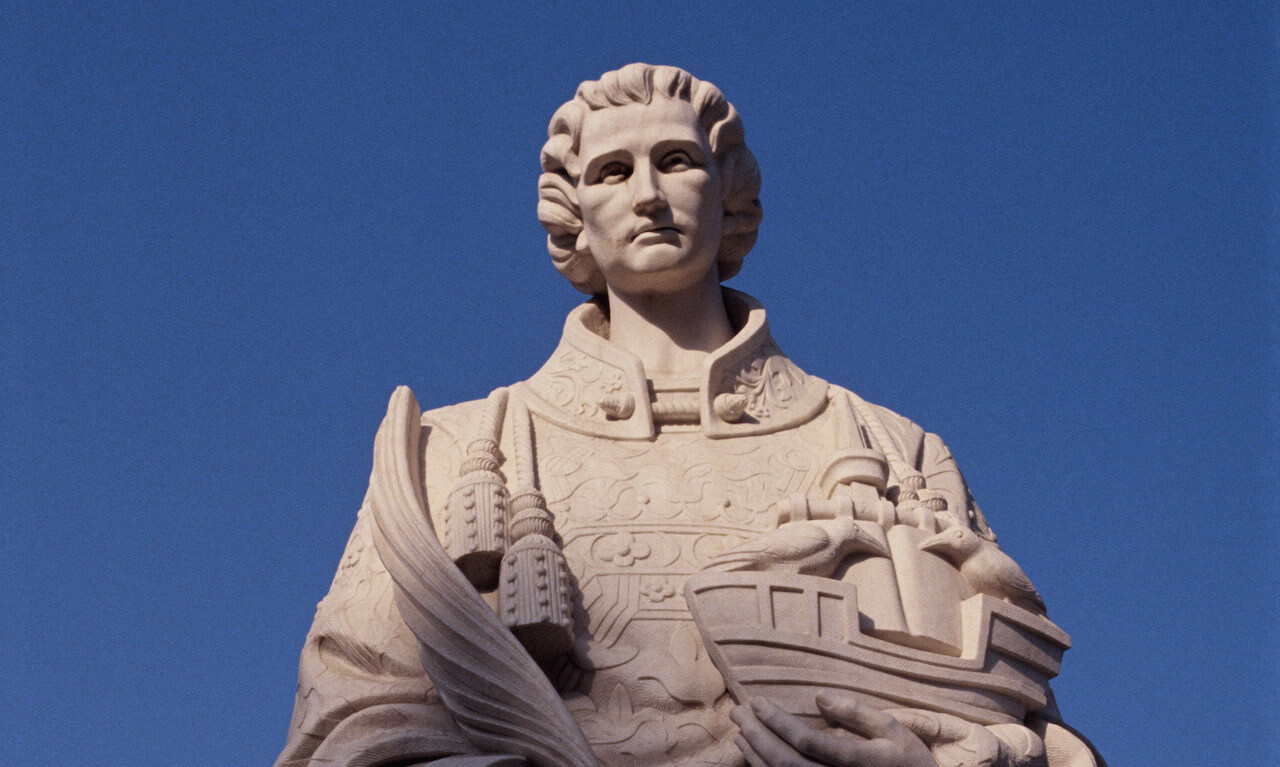
Acknowledging the role European settlement in the Americas had on native people, the city of Los Angeles renamed the holiday to commemorate Christopher Columbus as “Indigenous Peoples Day.”
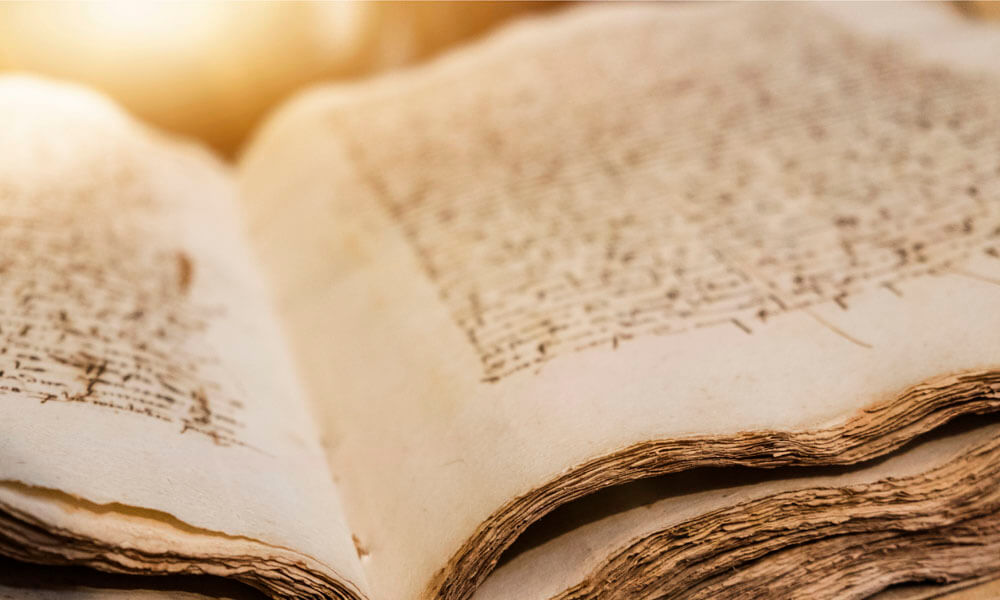
Read to learn about a professor who recently found one of the only manuscripts known to be written by a slave during his bondage. The professor has preserved the document by creating a digital version of the manuscript in its original form.

Scheming to increase power didn’t start with Macbeth and didn’t end with Nixon. Read about the latter’s career-ending crimes.
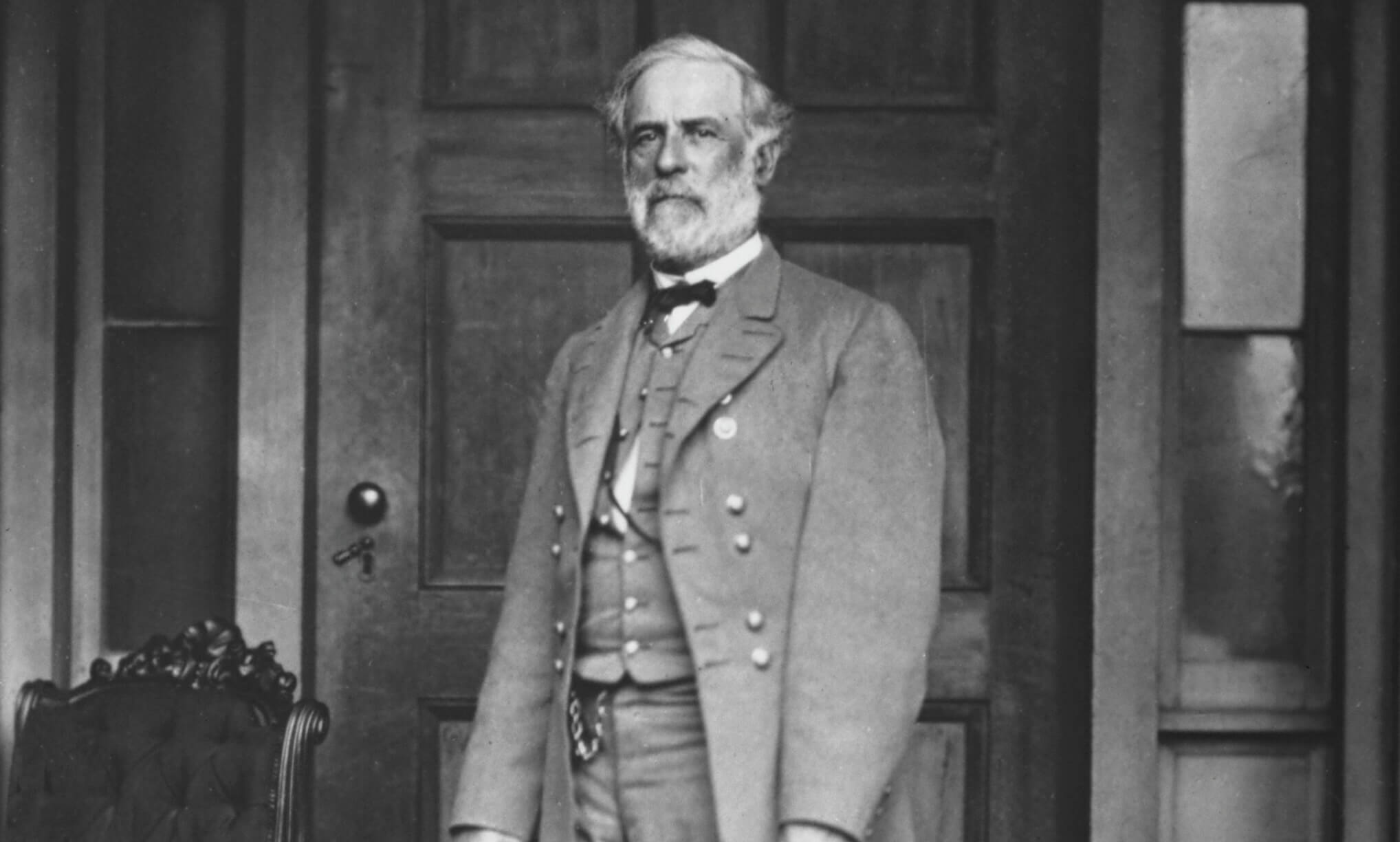
Read two differing arguments about whether Confederate statues should be removed from public places. Remember to analyze the authors’ reasoning and supporting evidence.
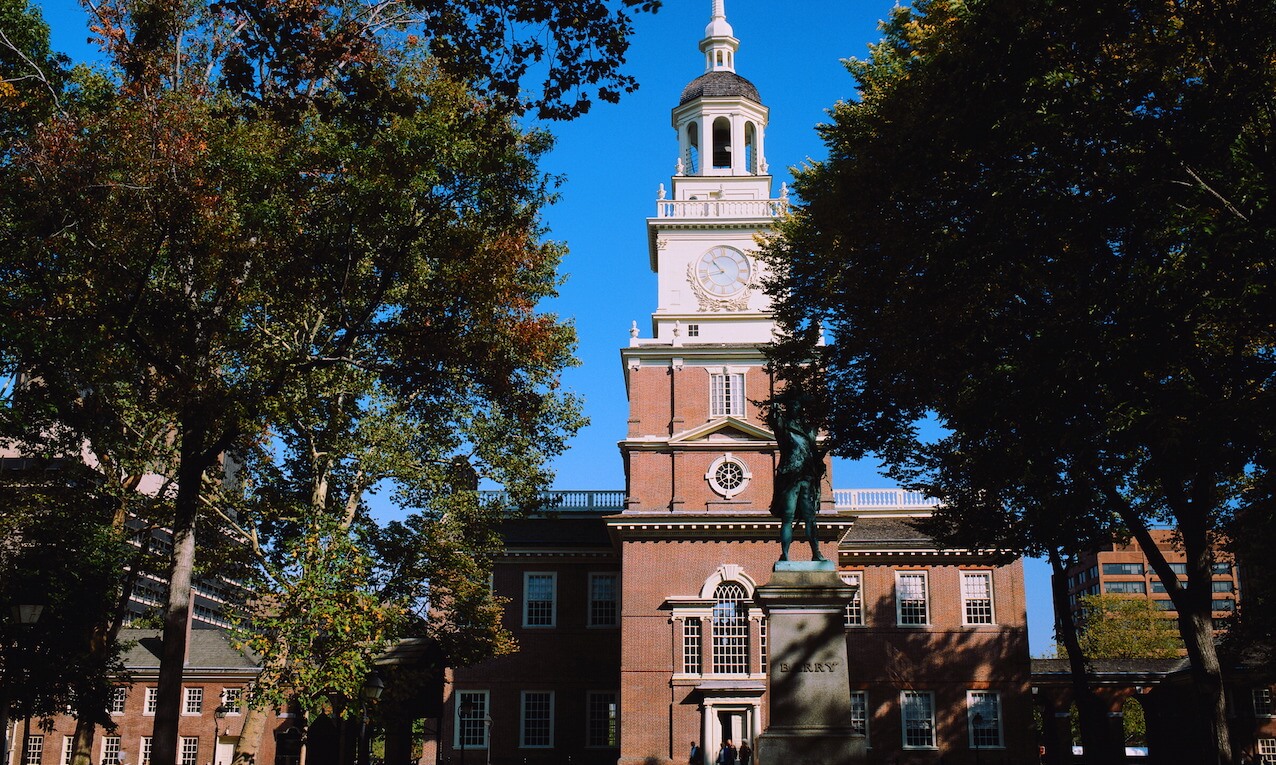
Culture reporter Jennifer Schuessler reviews the Museum of the American Revolution, which opened in Philadelphia in April.

English literature lecturer Roberta Magnani draws comparisons between comic book heroine Wonder Woman and characters from mythology and classical literature.
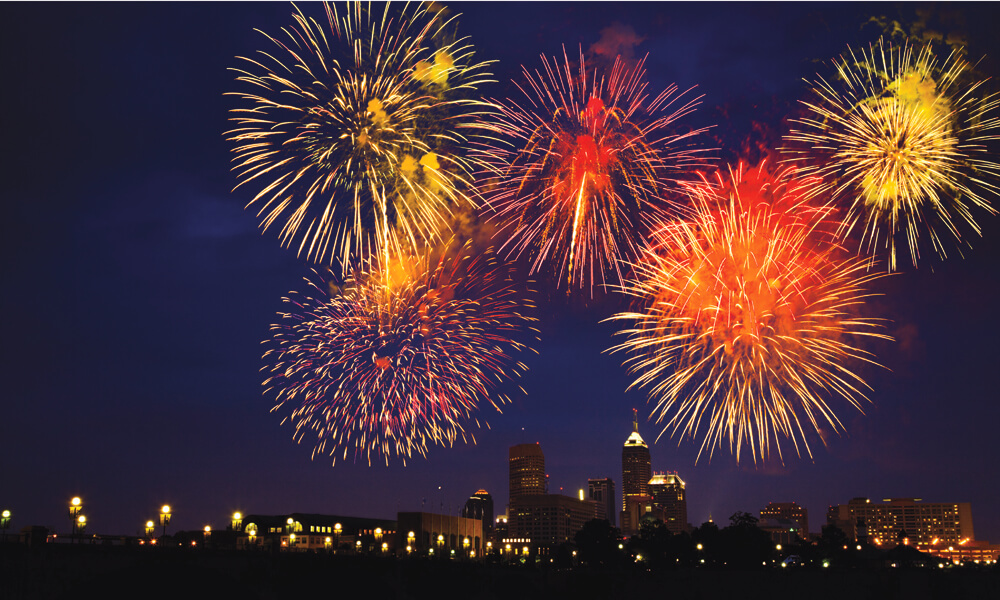
In 1852, Frederick Douglass gave a famous speech criticizing the celebration of Independence Day in a time of slavery. This article suggests that Douglass’ speech is as relevant today as it was before slavery was abolished in the United States.

Elisha Wiesel, son of Elie Wiesel, has not always embraced the responsibility of carrying on his father’s legacy of speaking out for human rights. Nevertheless, he now finds himself carrying the torch.
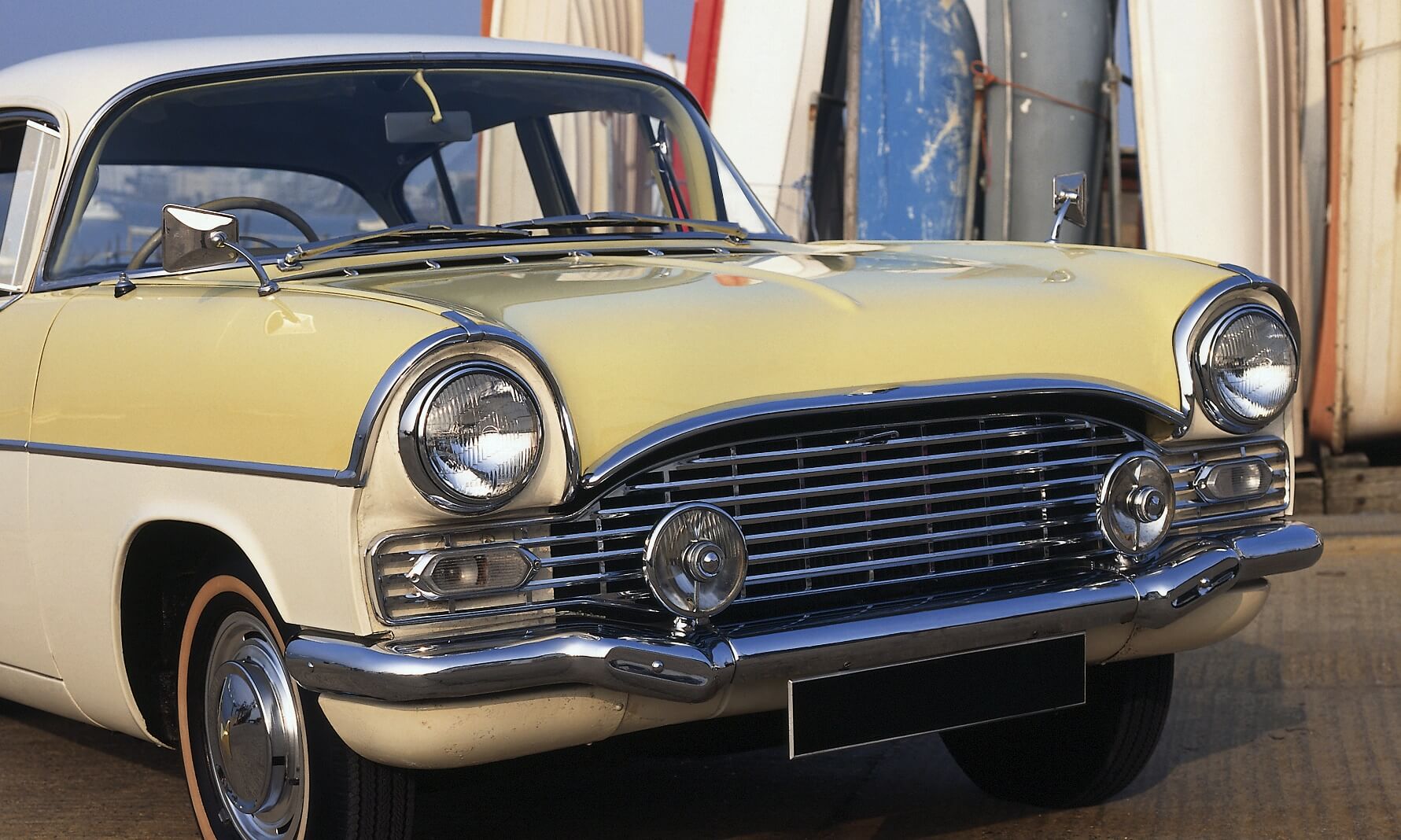
How did cars become such a big deal in the United States? Watch this video to learn about the ways in which car culture reshaped a nation.

Eight years before the Supreme Court’s landmark Brown v. Board of Education ruling, a California family fought for the rights of Latino students. Watch the video to learn more.
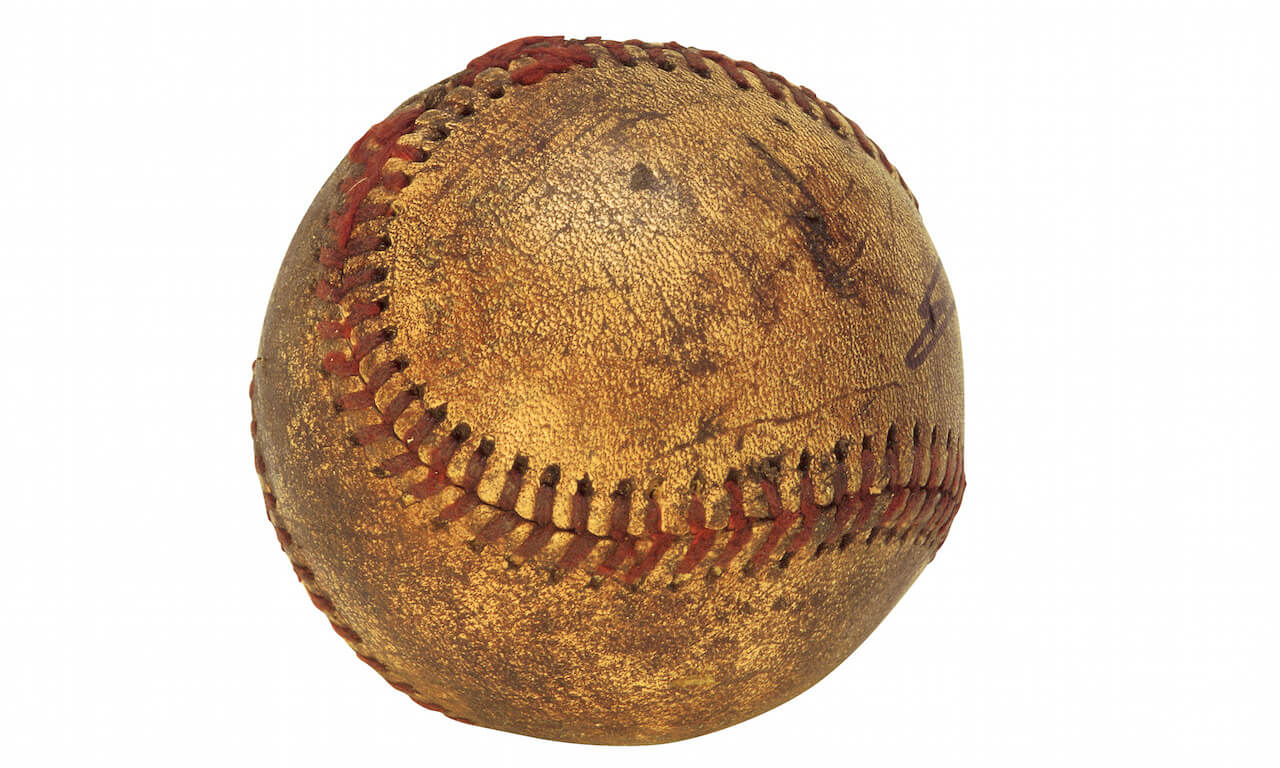
At the end of World War II, American servicemen in Europe organized a “World Series” baseball game, played in Nuremberg’s Stadion der Hitlerjugend, formerly the site of Nazi Party rallies.
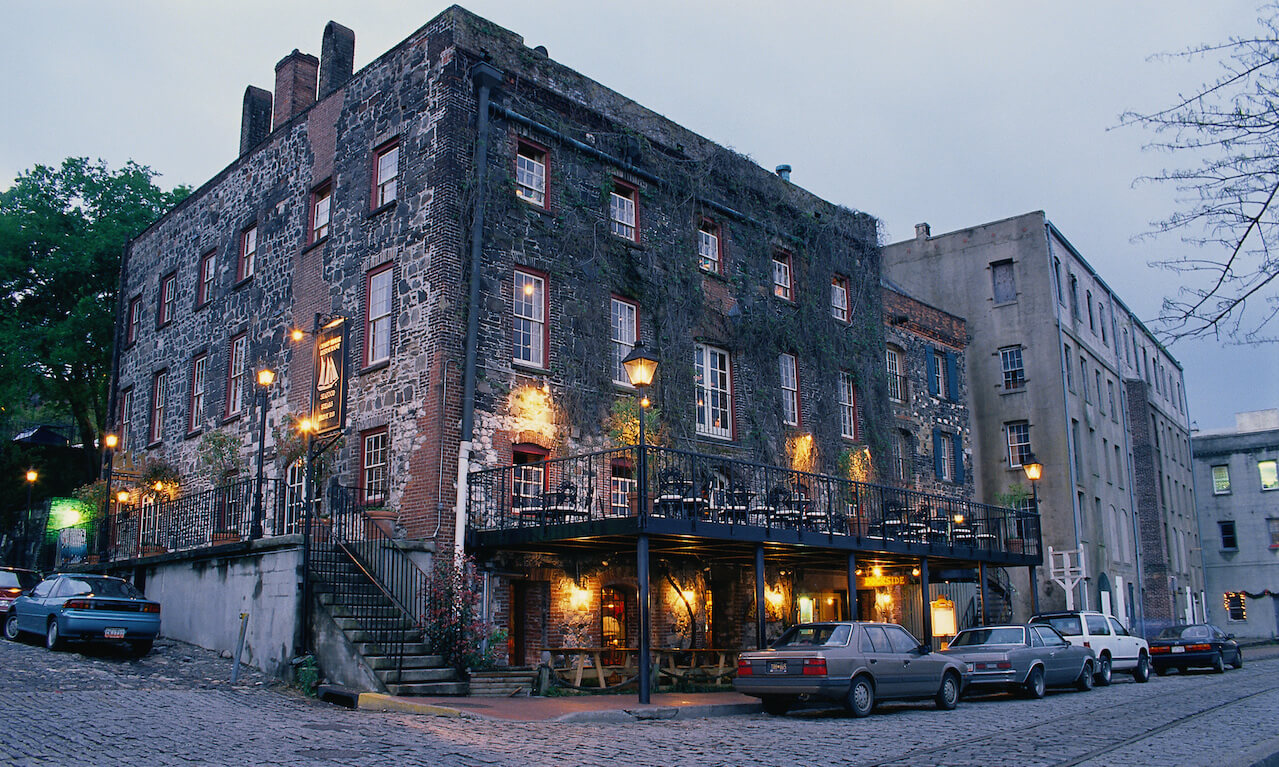
In 1864, William Tecumseh Sherman led a hard-war strategy of pillaging and destorying property in the South, leaving civilians depleted.
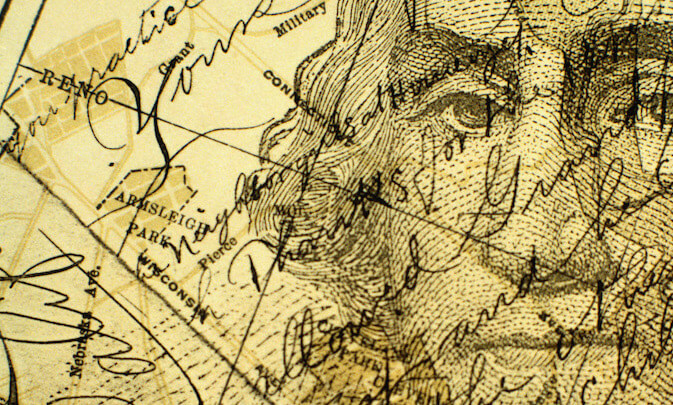
George Washington led an effort to create a network of spies to help win the American Revolution.
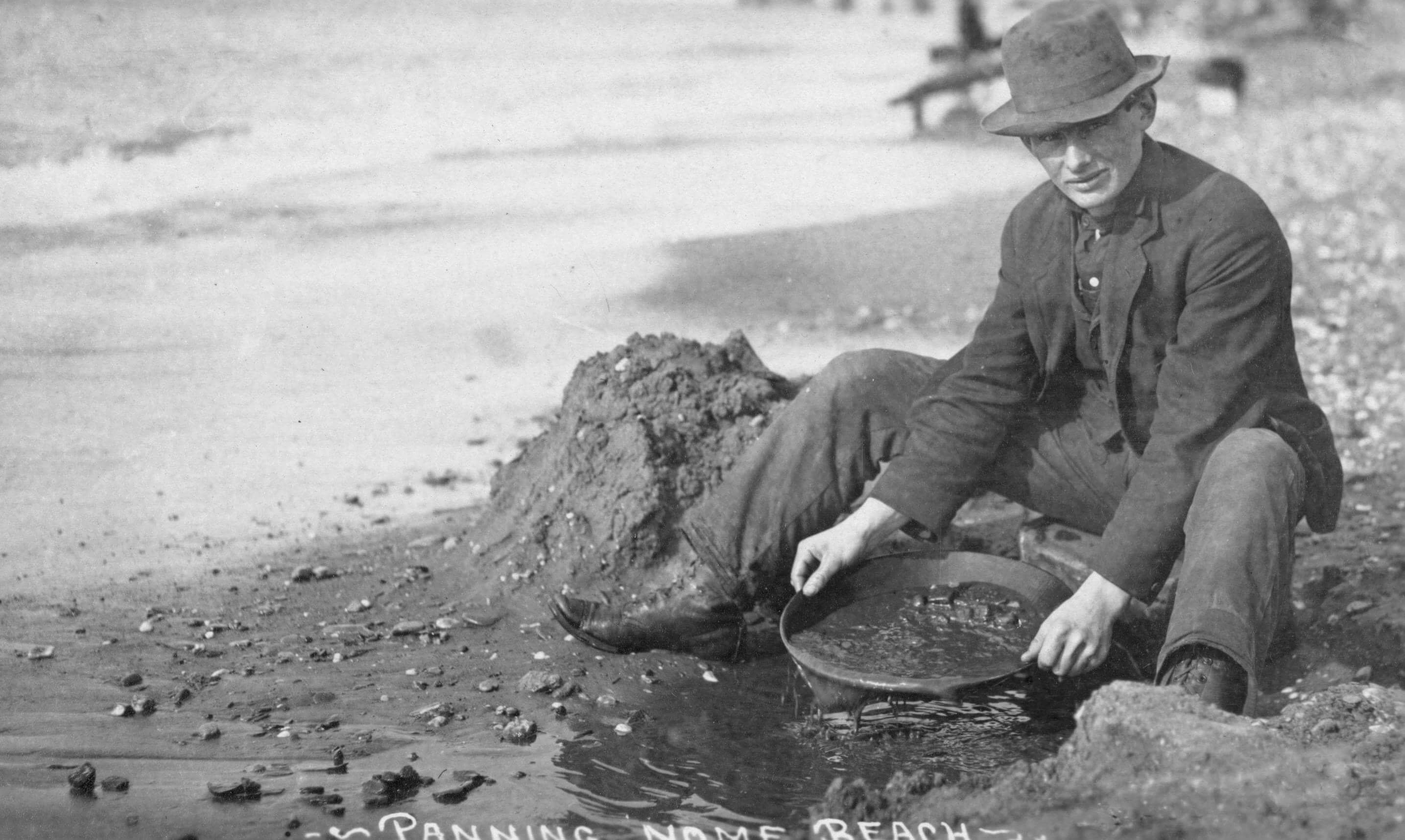
From 1897 to 1898, tens of thousands of people traveled to Alaska in search of gold. Click the links throughout the article for more photos, maps, and information.
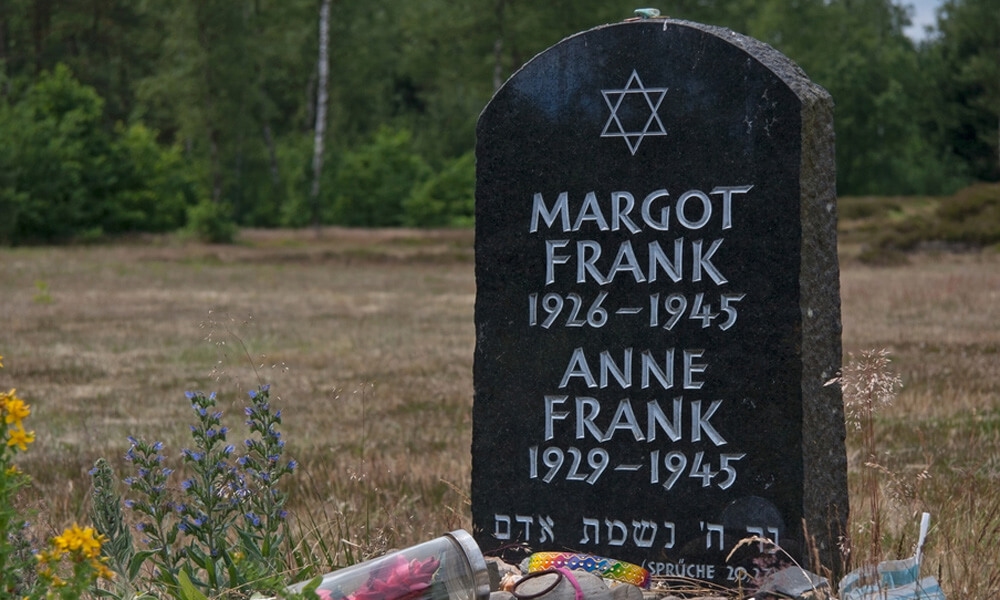
This article considers what we can learn from Anne Frank’s diary and what might have been if Anne and her sister Margot had not died in the Bergen-Belsen concentration camp.

Click this link to find out how an unknown novel written by poet Walt Whitman was recently discovered and to read a short excerpt from the manuscript.

Written during the hopeful Arab Spring, this article analyzes how young people using social media spurred powerful political change in Egypt.